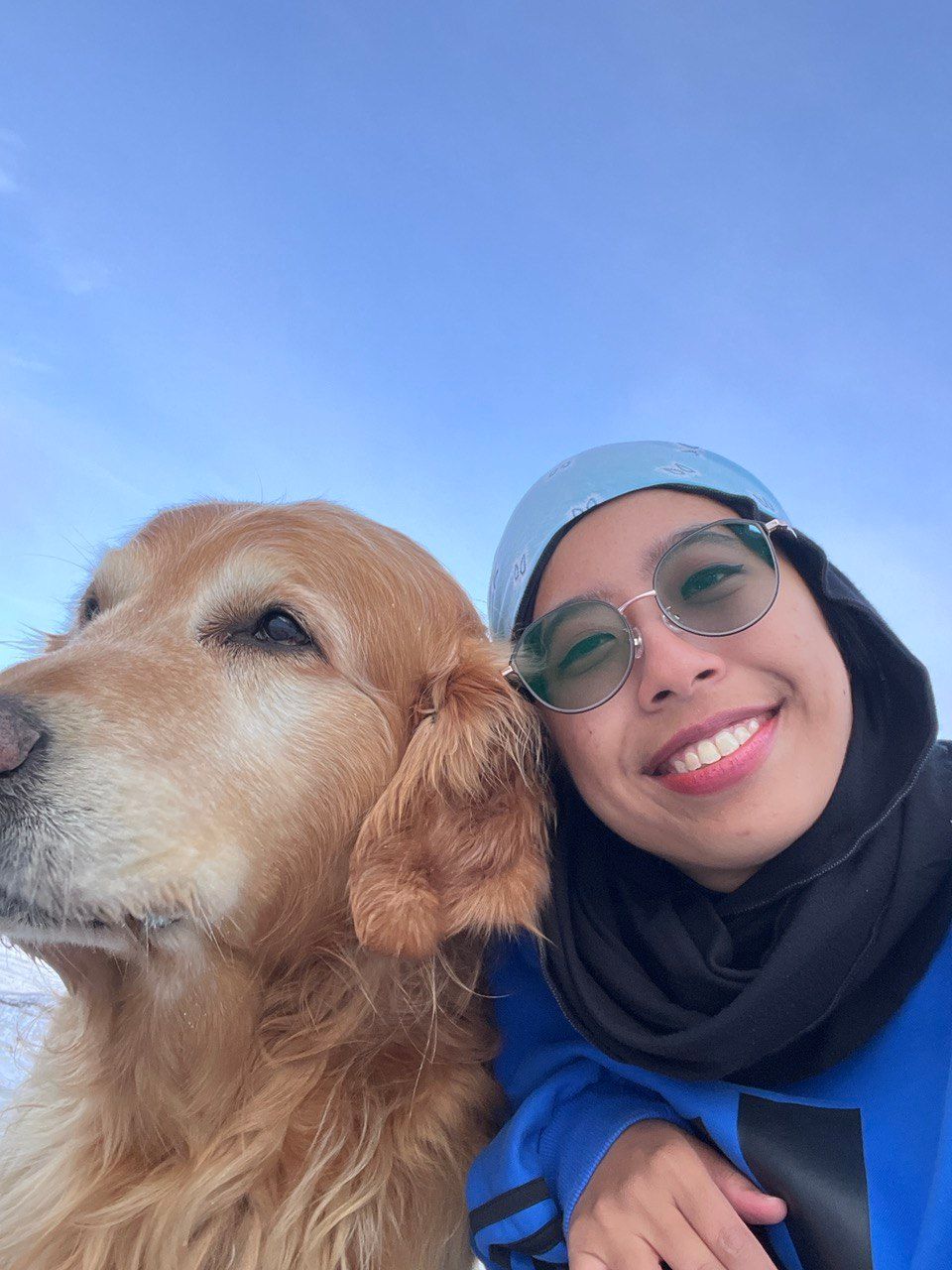I am living the digital nomad dream.
My feet have traversed through 6 countries and more than 15 cities.
All while working as a freelance writer and not earning a shedload of passive income.
Reality is much more challenging than what the dream painted.
Of course, I knew this. I expected it.
But still, it has indeed been a dream come true.
Advice For My 7-Months-Ago Self
My digital nomad journey isn’t the same as someone else’s. For one, I don’t own a business that generates thousands of dollars in passive income.
So what I set out to do was to slow travel.
Slow travel is an approach to travel that emphasizes connection: to local people, cultures, food and music.
Why slow travel?
So that I could have time to do freelance work and also to explore a city.
To be honest, I wouldn’t do this again.
In hindsight, I’d rather develop a business model that provides a continuous and comfortable passive income so that I may properly enjoy travelling.
But we make the best of what we have!
Moving forward, here are the 7 things that I’ll keep in mind whilst travelling as a digital nomad:
1. Plan ahead, but not too far
I’m a planner and I also welcome spontaneity.
For long-term travel, I do think that planning is necessary. You don’t want to spend too much money, time and energy on something that can be avoided.
I’d usually book my accommodation and flights months in advance mostly because they tend to be cheaper.
But for cultural visits and other activities, I’d plan a week or sometimes a few days in advance.
It’s good to not plan ahead too much because sometimes things pop up and you might need to make that a priority instead.
2. Don’t commit too much while travelling
As a freelancer, my income depends on how many projects I take on. The more work I do, the more I get.
I know, it’s not sustainable. I understand now why most digital nomads have their own business that generates a somewhat continuous passive income.
The problem with being a digital nomad freelancer is that you might take on more than you can handle.
Yes, the money sounds good. The projects may be exciting. But then you wouldn’t have much time to explore the places you go to. Or that your mind is so occupied with work that you can’t properly enjoy your travels.
So learn to say no.
3. Know that digital nomad travel burnout is real
I honestly didn’t think I’d get tired of travelling.
Exhausted, yes. But not burnt out.
Alas, the I-don’t-feel-like-doing-or-thinking-anything feeling crept up.
The burnout kicked in after about four months of travelling.
But that’s because, in April, I went on a rigorous Europe trip with my cousin where we visited each city for 3 to 4 nights.
After that trip, I stayed in Sheffield, UK for a month to recover.
The way to avoid burnout is to make time for rest. That’s why it’s better to stay in one place for at least 2 weeks (ideally four or more) so that you can have time to work, explore and rest.
4. Seek friendship and community
Solo travelling can feel lonely.
Even as an introvert, too much alone time can be detrimental.
To make sure that you don’t go crazy, you need to find a community and make friends. Especially if you don’t have any existing friends in the city.
I tend to seek the dance community because I’ve been practising street dance for several years. So I’d scout for any dance studios in the city and attend classes. There, I’d make some friends—if they’re also friendly.
The key is to find an activity you like doing and join the local group.
5. Learn the language before travelling
Most of the places I had been to were English-speaking countries. English is my bilingual native language so there’s really no language barrier.
You can still get by with English in countries like Italy and Spain but it would be better if you knew some phrases in their local language.
I wish I had some fluency in both of those languages because even though they may understand English, they are most comfortable with their native language.
So you tend to miss out on 90% of the conversation.
Plus, you can’t really have a short friendly conversation with say, the taxi driver or the cashier person, if you don’t know any more than “how are you” and “can I pay with a card”.
Of course, if you’re only there for a week it’s not really necessary.
But as a digital nomad travelling long-term, it’s only respectful if you learn a bit more of their language.
6. Routines are necessary for a digital nomad
I find that having a consistent morning routine helps with getting my mindset right for the day.
I’d wake up, pray, do a bit of breathwork, go out for a short walk, and have breakfast.
All of that in the first couple of hours after waking up.
Once I do that, I would feel ready to do work and carry out the plans for the day.
7. Allow for spontaneity
Plans and routines are great.
But allow yourself to embrace spontaneity every now and then.
Sometimes a friend might want to have dinner at a later time than you usually have yours. Just go with it.
It’s okay if your day doesn’t go exactly according to plan.
Or that you miss out on one of your routines.
Spontaneous plans don’t often happen and it’s always best to embrace them.

Trust Your Instincts
Be it planning a cultural visit or saying yes to an impromptu lunch with that new friend, always listen to your gut.
Is there a quenching feeling that gives off a bad vibe? Or is it a good feeling with an absolute “hell yeah”?
I can say that after months of travelling as a digital nomad, I know how to listen to my instincts and act accordingly.
Despite the few setbacks during my slow solo travel, I’m glad that it happened and I wouldn’t change one bit.







